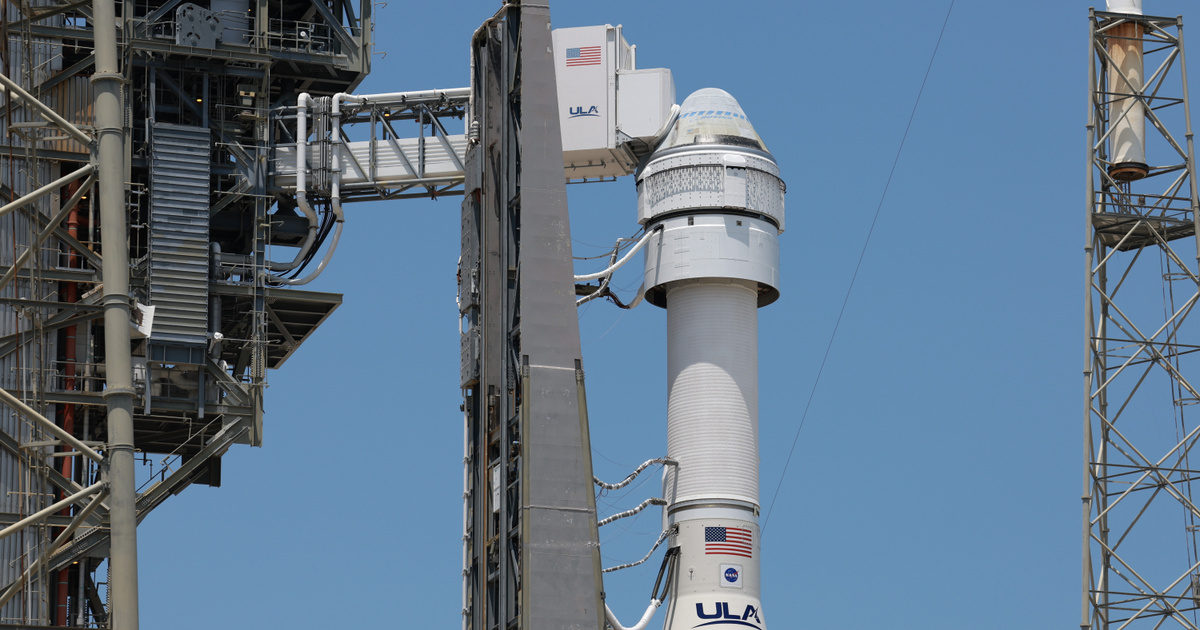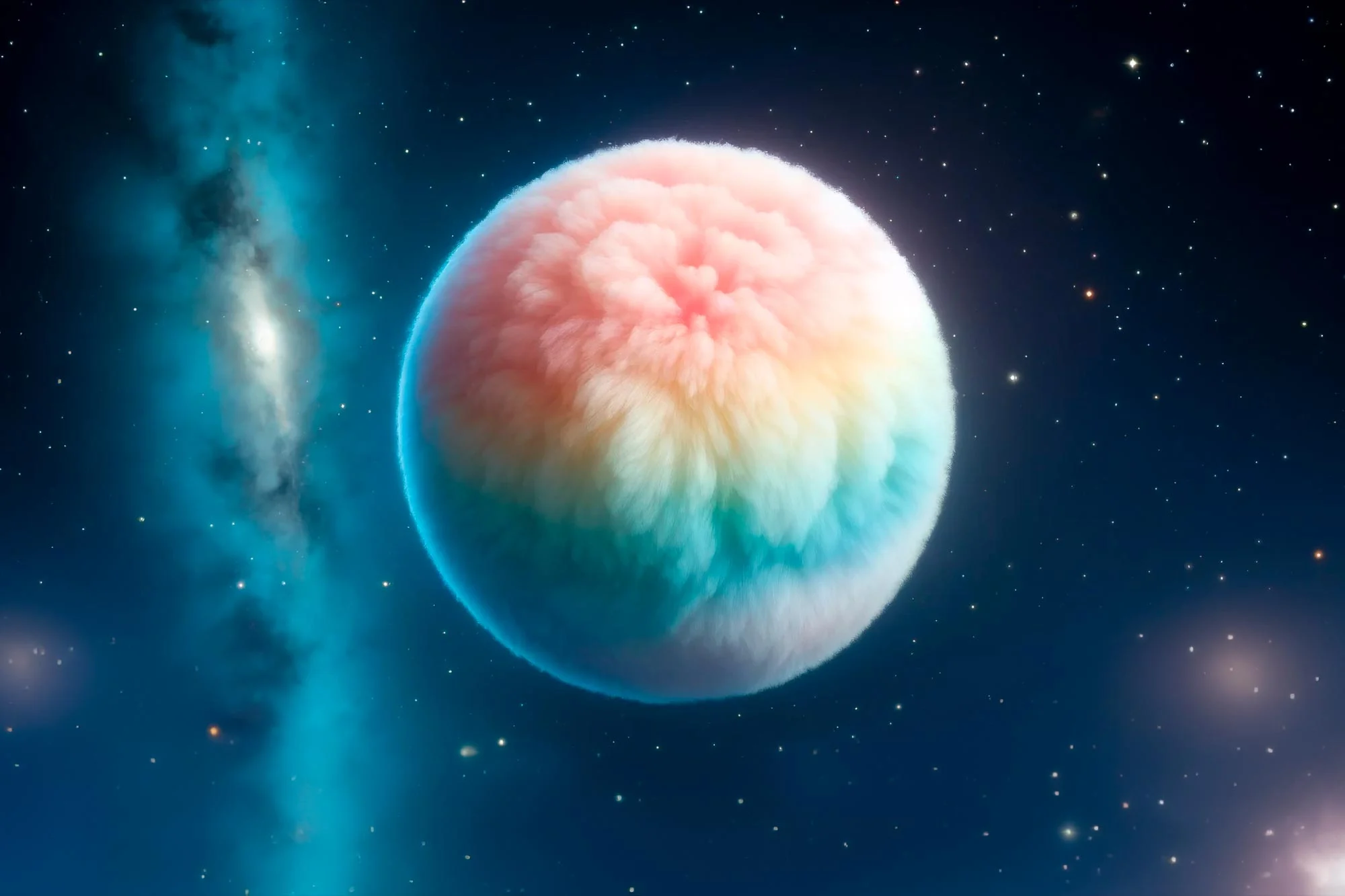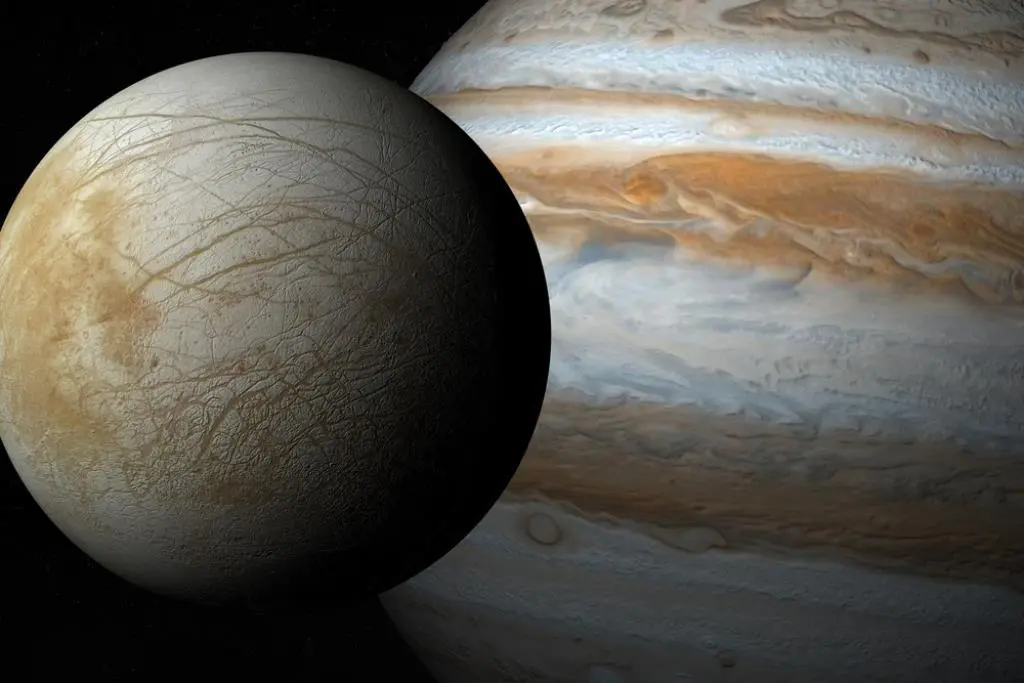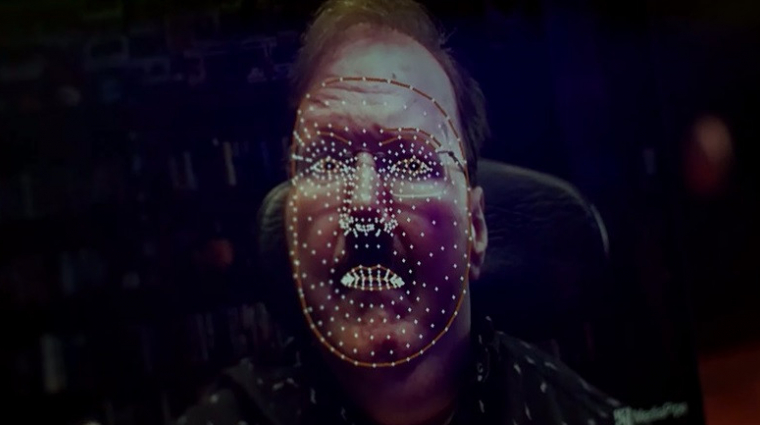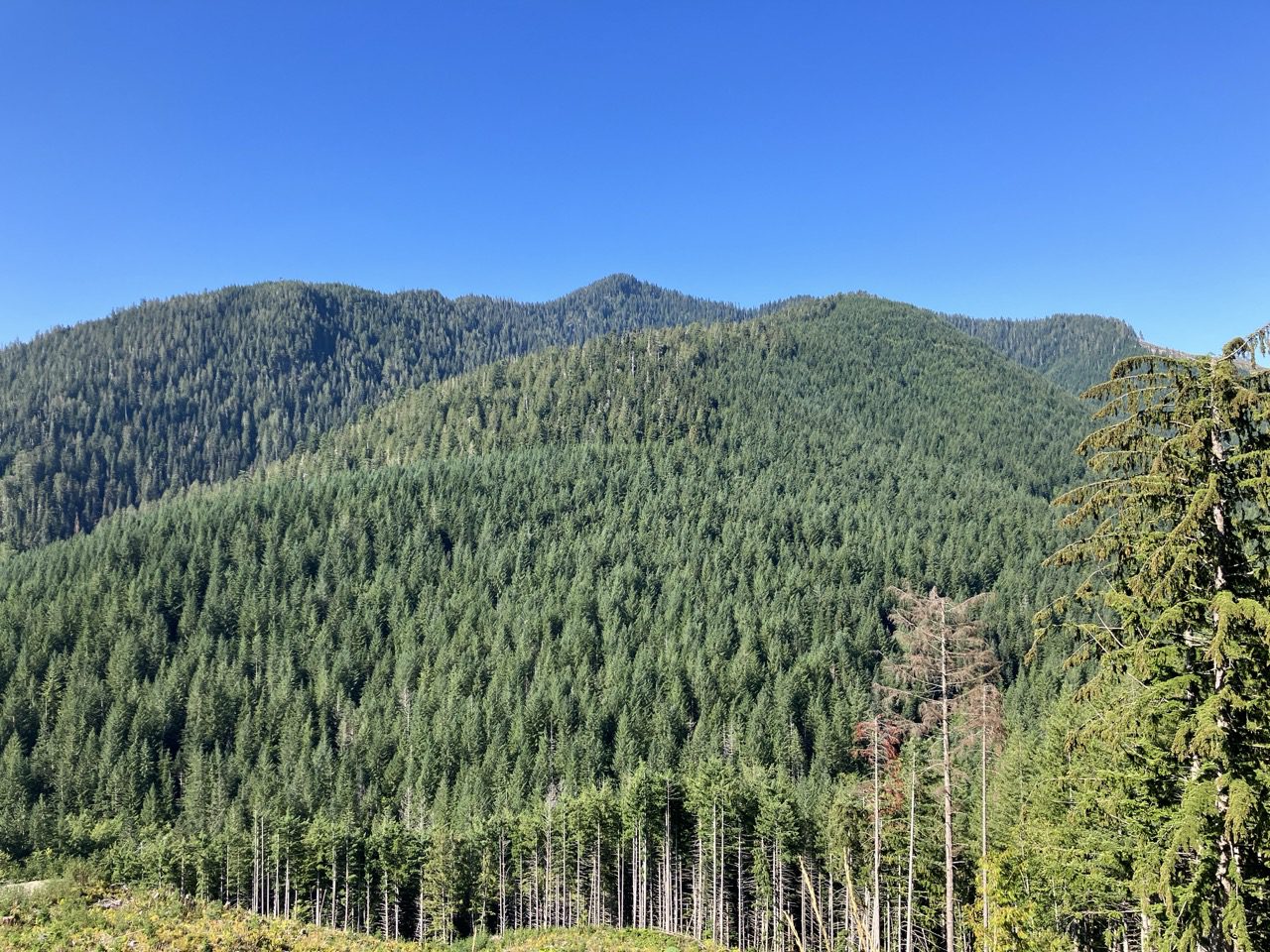In the past, the imaginary planet that revolved in the outer region of the solar system was not visible to us far away, which indicates its presence in various indirect signs. According to some experts, it was referred to as the tenth planet, and then the tenth planet. The ninth planet after the demotion of Pluto. One such idea, but a somewhat new one, is the theory put forward by Japanese astrophysicists, according to which a planet similar to Earth might be hiding in the Kuiper Belt.
What is the Kuiper Belt?
The outer region of our solar system, which lies behind the orbit of Neptune, begins at 30 astronomical units, meaning it is 30 times farther from the sun than Earth. The region is large, its main area ends at a distance of 50 AU, but the region itself does not end there. So-called scattered disk objects can be found as far away as 1,000 astronomical units — and some may stand out. According to the assumptions, this region is a relic from the formation of the solar system, which is a collection of debris that could not have been collected to form a planet due to the gravitational perturbation of Neptune. Moreover, the mass here now can only be a small fraction of the original mass, as a large part of it could have been ejected by the gravity of the giant planets. So far, we have been able to identify about 2,000 celestial bodies orbiting in this region.
A fictional image of what a smaller object in the Kuiper Belt might look like – the most distant object being the Sun.
Source: NASA
Of course, the new idea did not come out of nowhere, but is based on measurement data. In this case, the measurements represent the movements of known celestial bodies in the outer solar system and their orbits that may be affected by the presence of another celestial body with a greater mass. For example, Neptune was also found based on the various orbital perturbations that Uranus experienced, and its possible location was calculated based on the orbital perturbations. Now the supposed exoplanet is being inferred based on certain features of the orbits of the celestial bodies beyond Neptune, but so far it has not been possible to find the mysterious celestial body. Japanese researchers have now come to their calculations that this celestial body – if it exists – could have a mass of 1.5-3 times the Earth’s mass and orbit the sun at a distance of 250-500 times farther than our planet. This is a very long distance, and the most distant object ever discovered could be at a distance of 132 astronomical units (CsE, the distance of the Sun and Earth). According to calculations, the hypothetical planet’s orbit could make an angle of 30 degrees with the ecliptic.
The orbits of some of the Kuiper Belt objects, the orbit of Planet Nine assumed by previous calculations, are hidden in dark purple.
Source: Wikimedia Commons
In the recent past, we’ve learned enough about the celestial bodies beyond Neptune to notice different patterns in their orbits, one of which is that the celestial bodies involved can be divided into groups according to the properties of their orbits (for example, based on their angle of rotation). Make with the main orbital plane of the solar system, with the ecliptic). Present The Astronomical Journal And in 2008, the specialists who wrote a paper published in the journal came up with the theory of the ninth planet, slightly smaller than Earth, based on this data, but now, with the new data that have come in since then, they have made their calculations again. The idea presented here was born from this.
Calculations show that the theory could also be tested if we could provide it for a greater distance than it currently is. Also, the gravity of the supposed planet will divide celestial bodies farther than 150 astronomical units into groups, and we will discover this distribution if the planet exists.



















